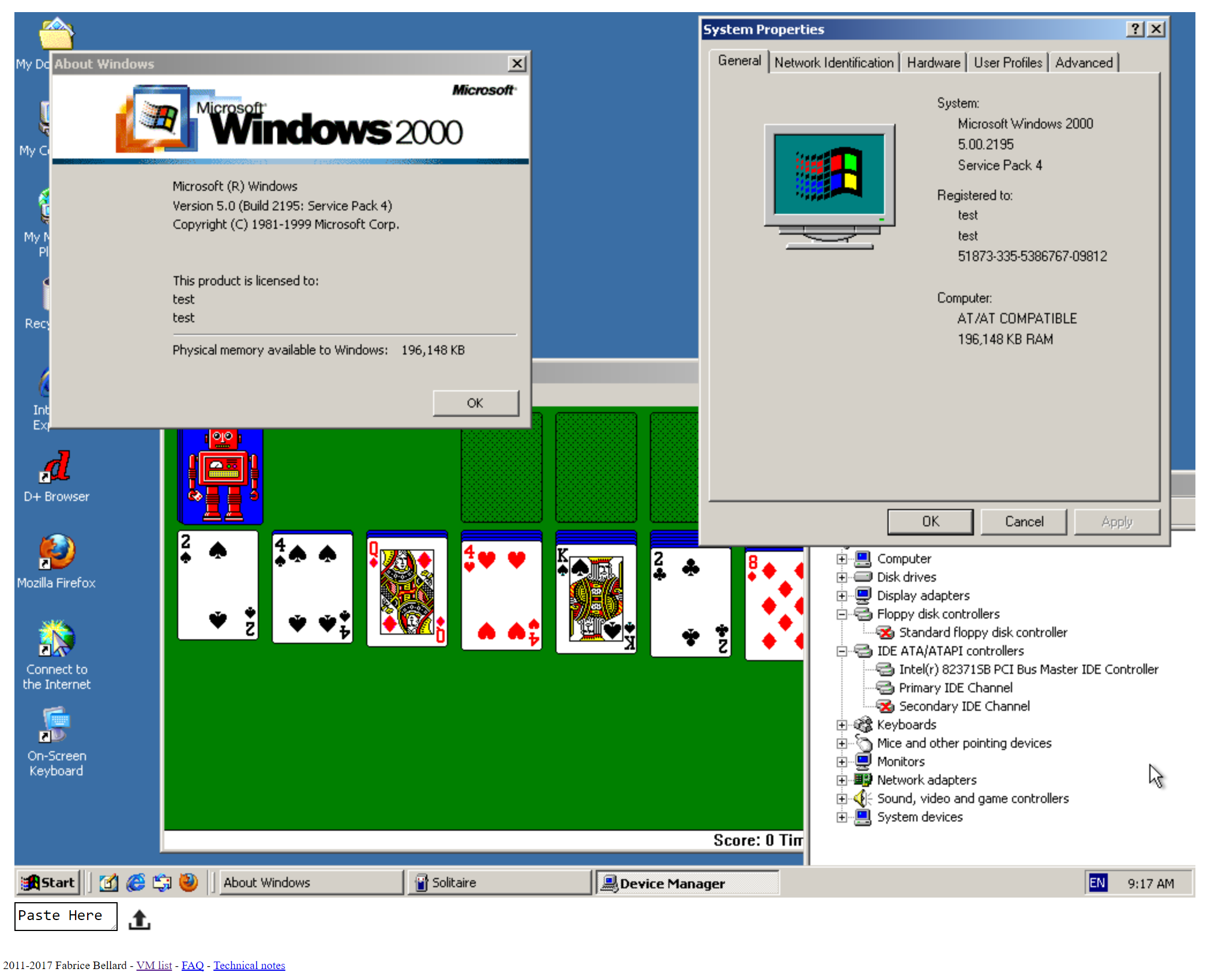


And not just to preserve a legacy of past practices. Is all this fuss worth the time and trouble in this era of DAD supremacy? I think so. With luck, we’ll put together the first ever full-featured chord chart dedicated exclusively to this tuning. I’ll get the lot tabbed and then send to friends for testing and ideas. All this comes later…įor now, it’s baby steps. a compatible note on the middle or bass string that creates a partial chord to support the melody line. Meanwhile, I’m on the lookout for something called “chordish drones”, i.e. Knowing more than a smidge of music theory would help. I have not a clue it really does depend on the needs of the music being played. Next question: what happens to any or all of the above when you slap on a capo?
Tabledit drones free#
One source suggests barring with either the little finger or fourth finger, leaving the others free to play elsewhere… which is also not smooth or easy, but maybe it will come later? If it doesn’t, can I just play on the first and middle strings, and let the bass alone if it clashes? The one I have identified is pretty danged awkward, at least to my grumpy fingers. And very few recognizable (read easily memorized!) chord “shapes” that move in logical fashion up and down the fretboard. There seems to be a usable number of I, IV and V chords but not many minors and 7ths. So far, it’s a very different set from the orderly chords found in DAD tuning. It needs to go digital, so this morning I entered the “G” chords into TablEdit. There are at least six pages of chords scribbled into my handy-dandy 6″ x 8″ lined yellow pad, and I’m on the hunt for more. As promised, I’ve started building a chord chart for DGD (Ionian Mode) mountain dulcimer.


 0 kommentar(er)
0 kommentar(er)
